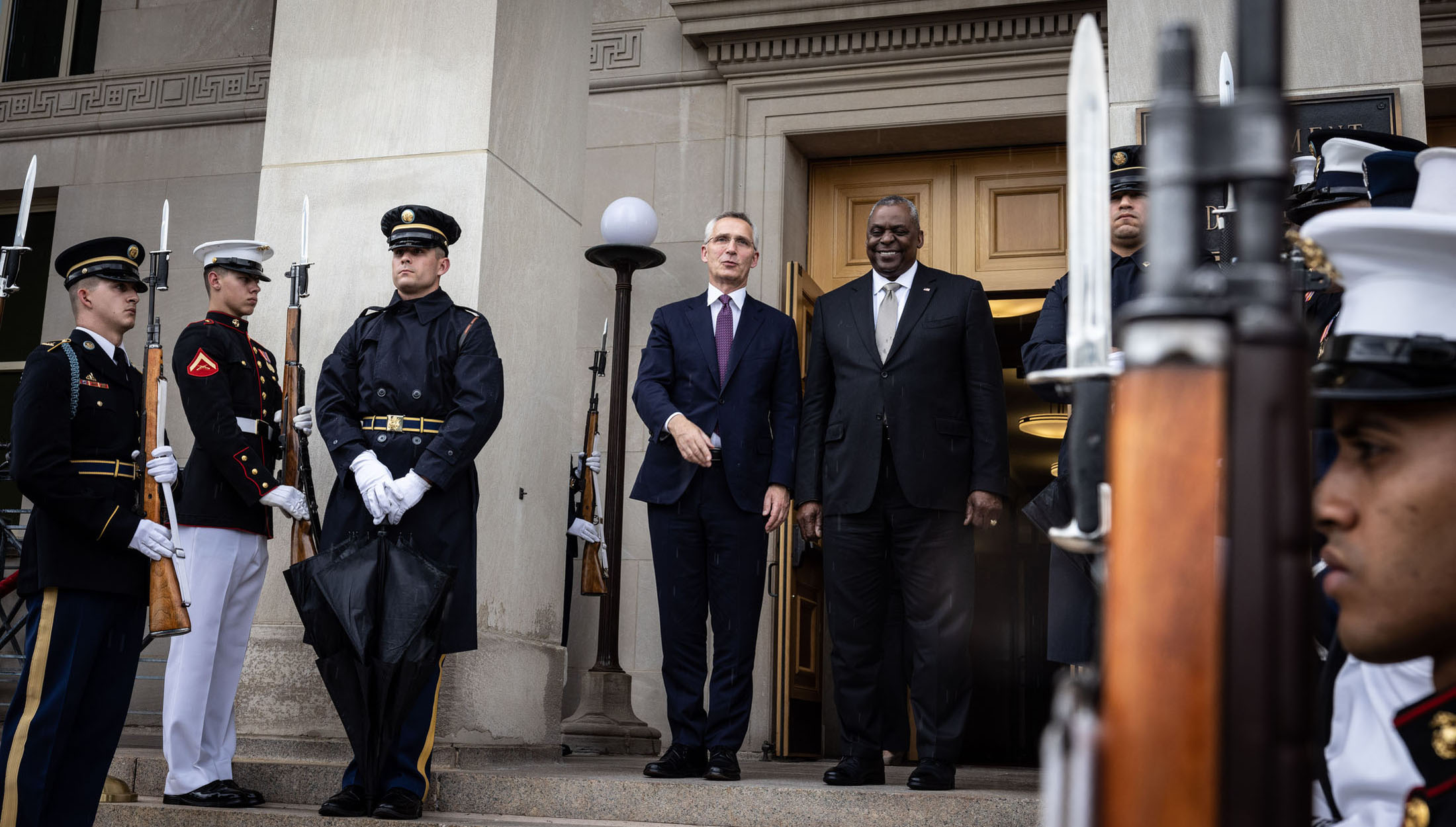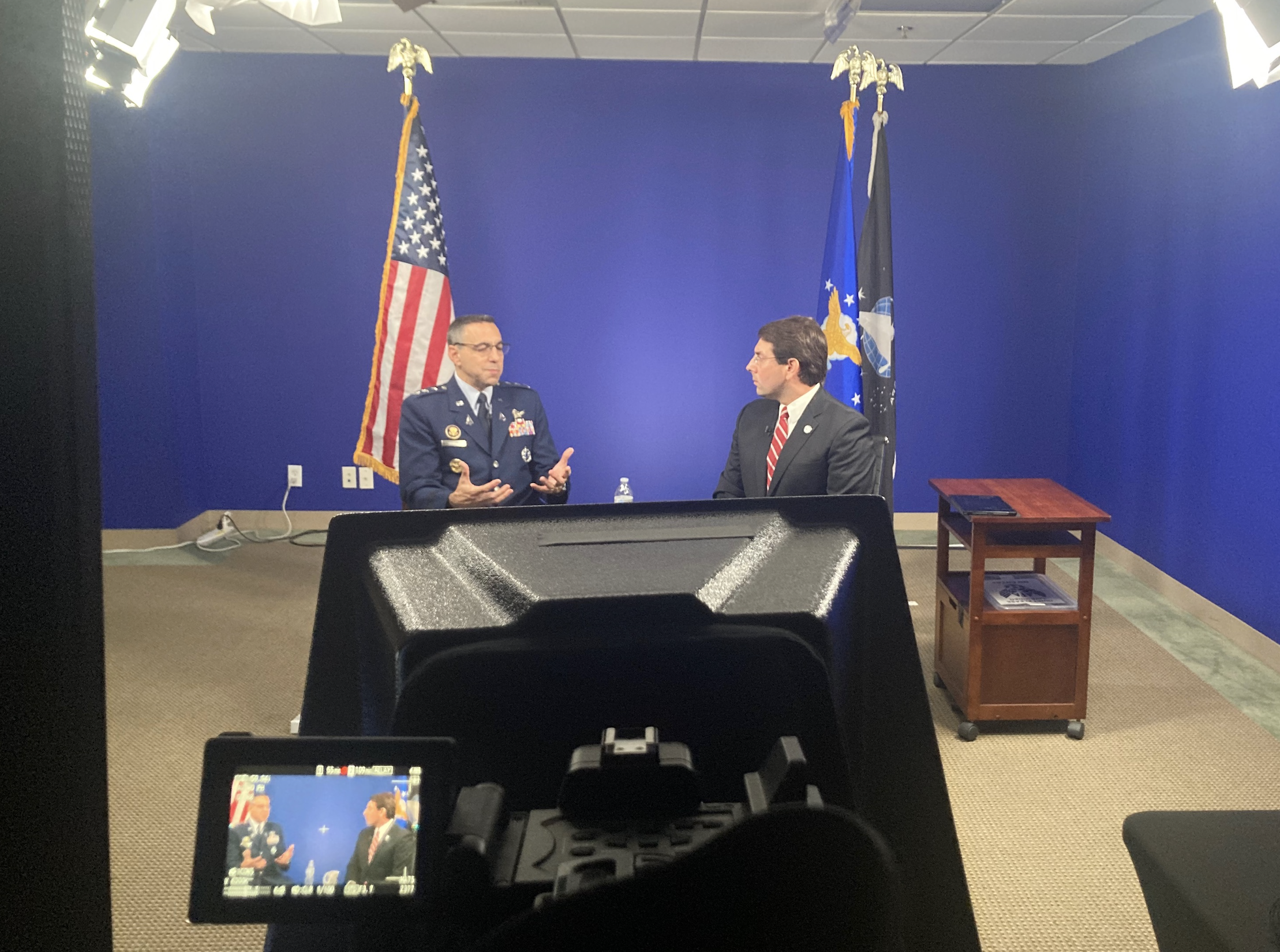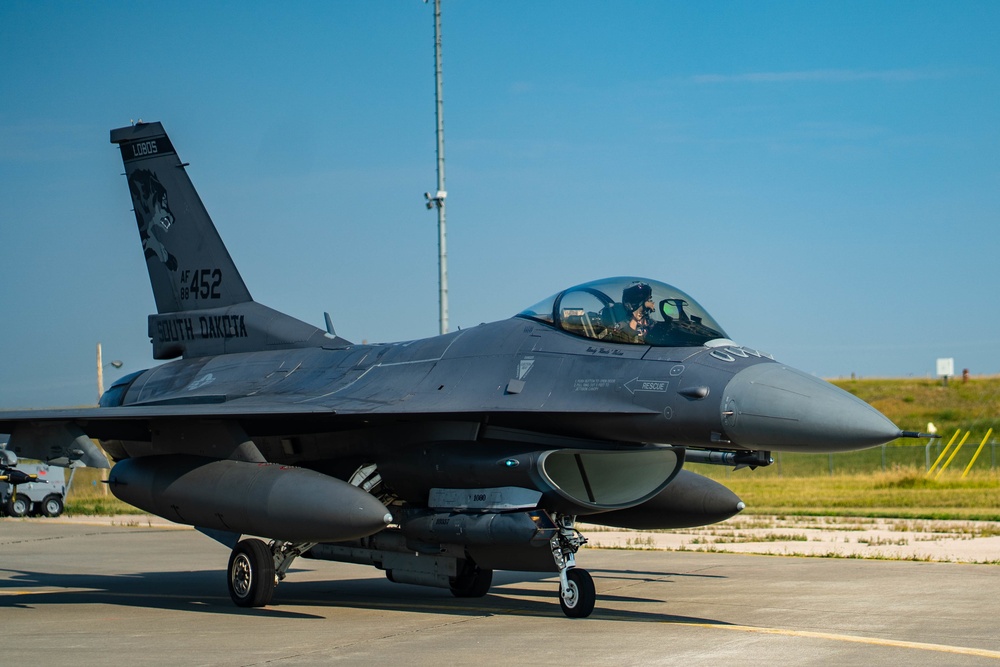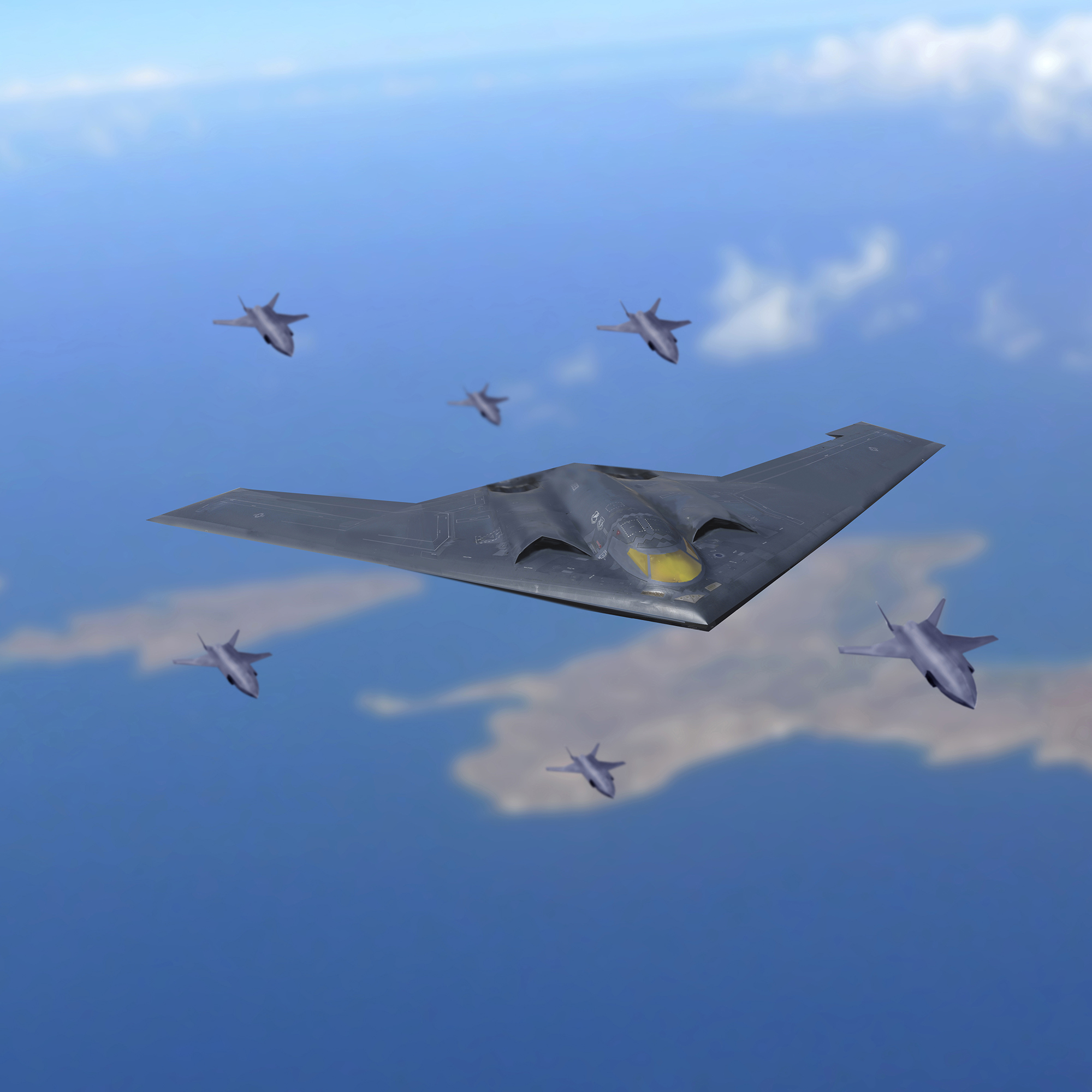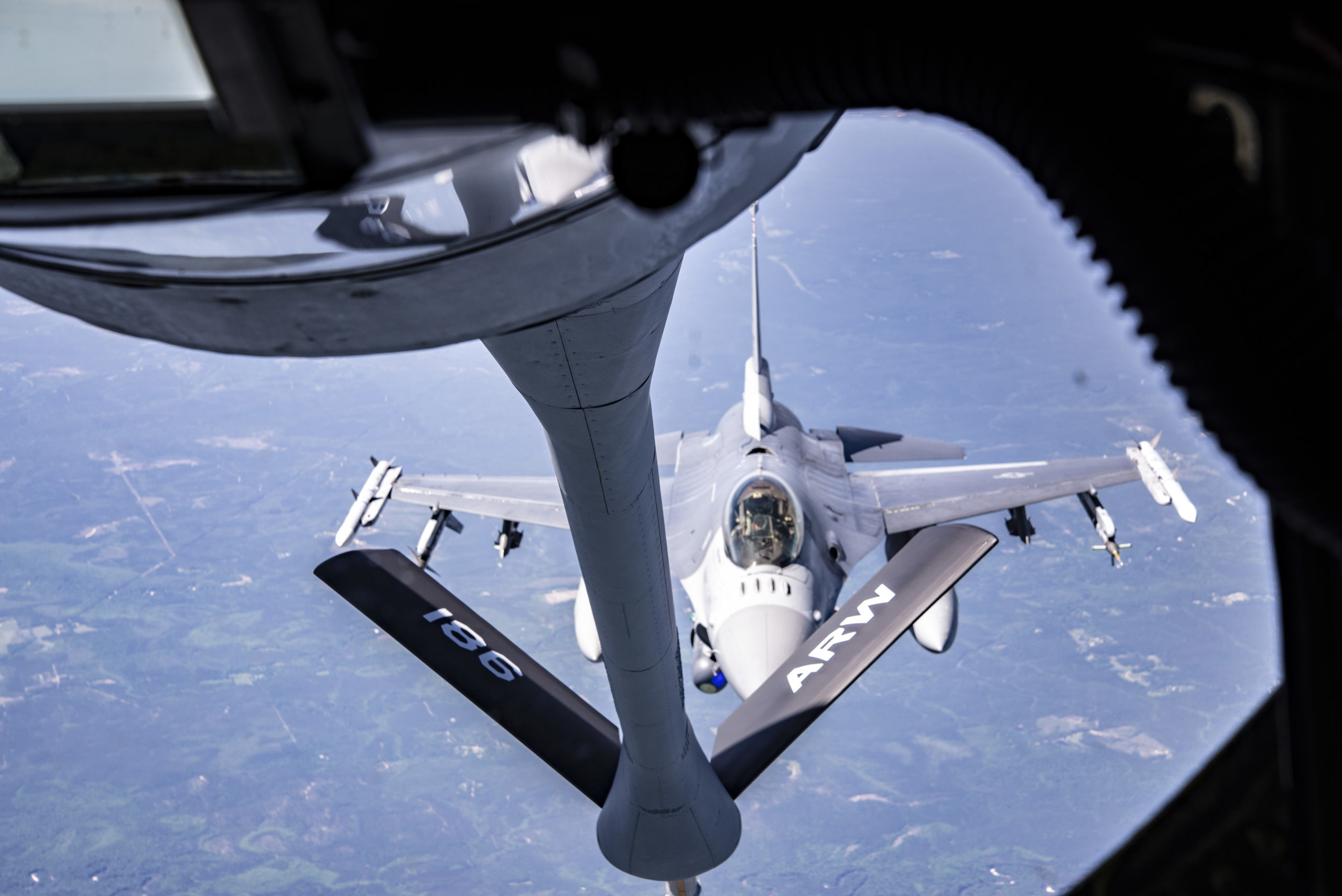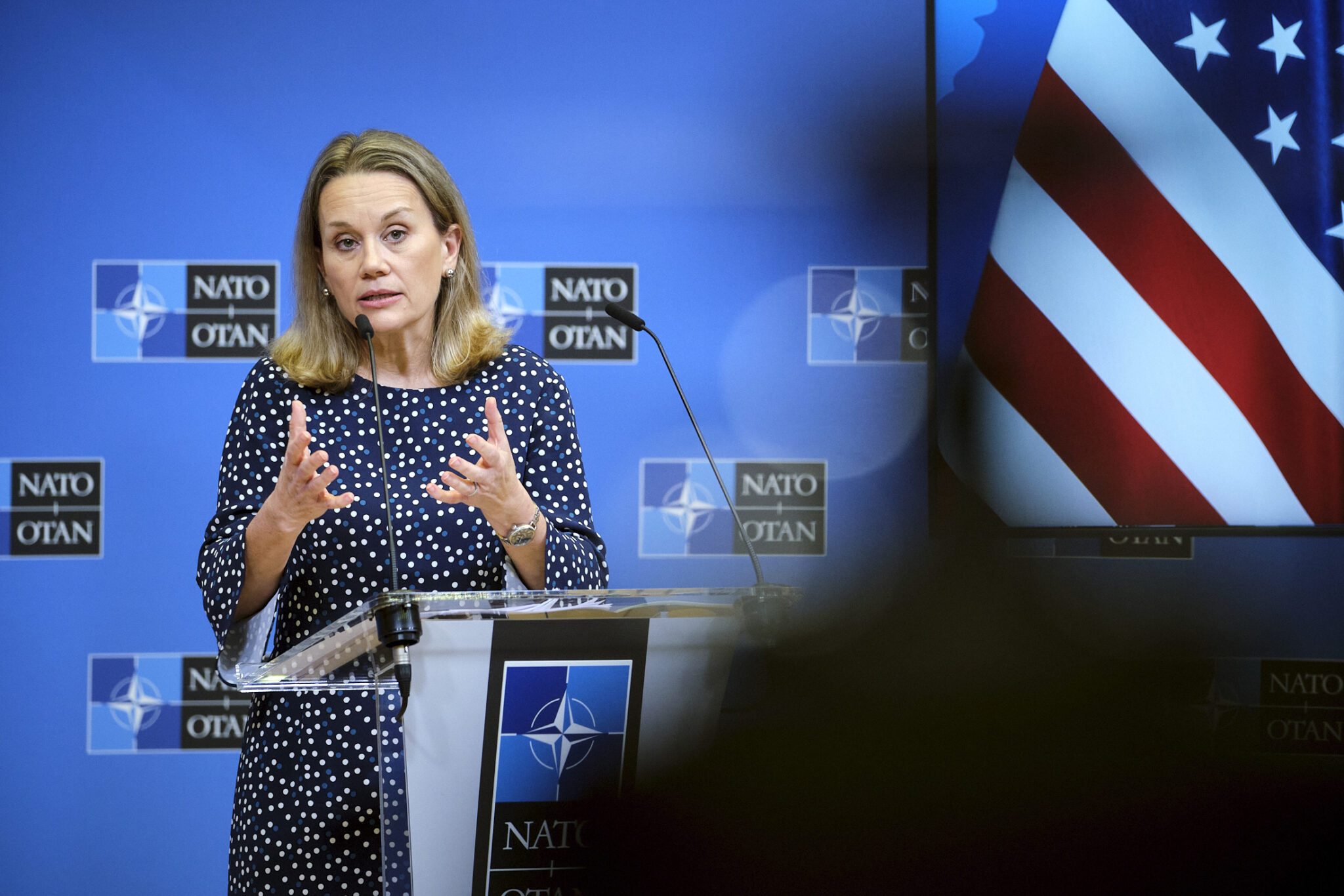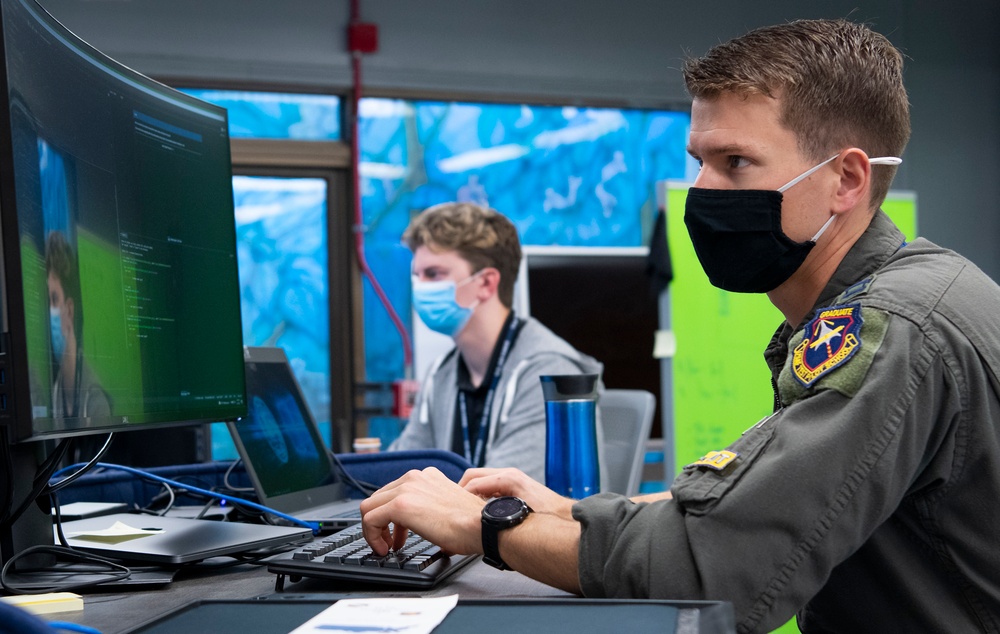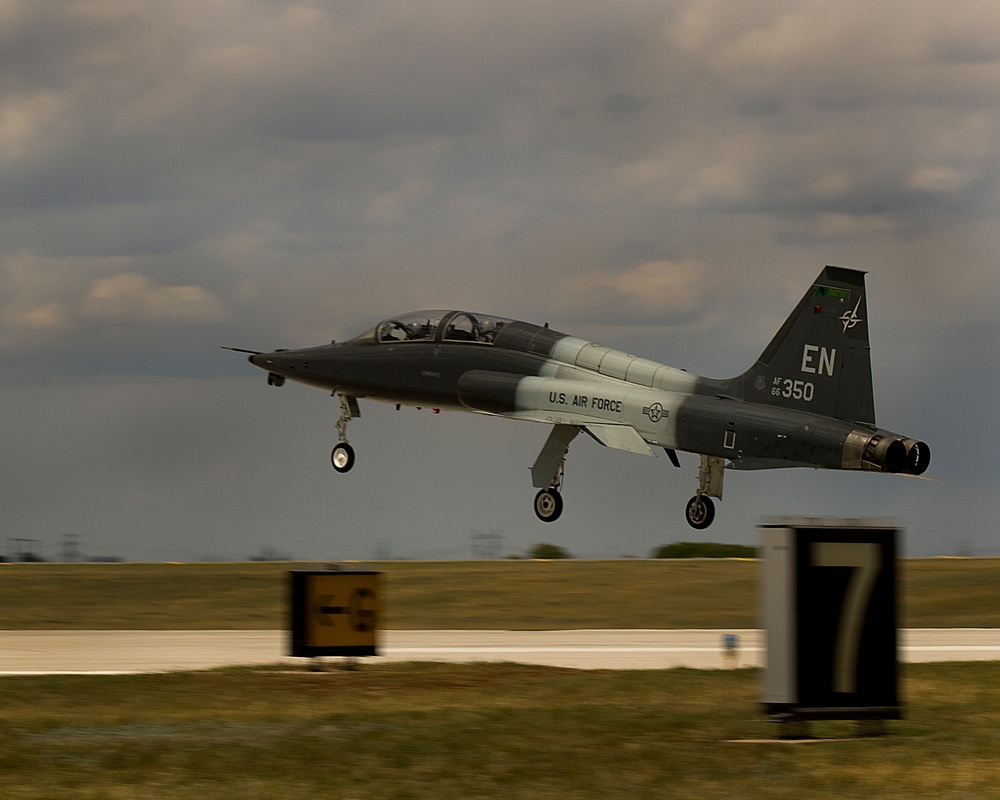NATO Secretary-General Jens Stoltenberg and Defense Secretary Lloyd J. Austin III met at the Pentagon June 2 to discuss Russia’s gains in Eastern Ukraine and Turkey’s concerns with the NATO bids of Finland and Sweden. The two leaders also were expected to discuss how the latest U.S. aid package might help reverse Russia’s control of 20 percent of Ukrainian territory without escalating the conflict and threatening the NATO alliance.
“In the face of Russia’s unprovoked aggression against Ukraine, NATO has grown stronger and more united, and we’ve come to reinforce our allies,” Austin said during opening remarks at the Defense Department, noting that he has met in-person or virtually with Stoltenberg 21 times in 16 months.
Stoltenberg, in turn, commended Austin for ramping up support for Ukraine among NATO allies and partners.
“What has impressed me is not only the magnitude and the scale of the support, but also how swift and quickly you were able to act when Ukraine needed our support,” Stoltenberg said.
While NATO as an alliance does not directly provide security assistance to Ukraine, Stoltenberg regularly consults with NATO allies about the security implications of the conflict, and the NATO allies have rallied behind U.S. leadership to deliver lethal aid to Ukraine.
NATO posture changes stemming from Russia’s troop buildup and subsequent Feb. 24 invasion of Ukraine include an increased U.S. presence, which now includes 100,000 troops in Europe. The U.S. Air Force has also increased its participation in NATO enhanced Air Policing missions that began prior to the invasion and cover the entirety of the eastern flank from the Black Sea to the Baltics.
Will it Be Too Late?
Stoltenberg’s visit to the White House June 1 coincided with President Joe Biden’s announcement of $700 million in additional aid to Ukraine, marking the 11th presidential drawdown of his administration.
For the first time, the United States will give Ukraine High Mobility Artillery Rocket Systems (HIMARS) for precision battlefield targeting. At the Pentagon June 1, Under Secretary of Defense for policy Colin Kahl said the HIMARS and other equipment are “critical capabilities to help the Ukrainians repel the Russian offensive in the east.”
The aid package also includes guided munitions with a “range of up to 70 kilometers [43 miles],” counter artillery radars, air surveillance radars, 50 command launch units, 1,000 more anti-tank Javelins, 6,000 anti-armor weapons, 15,000 155-mm artillery rounds, four Mi-17 helicopters, 15 tactical vehicles, and related spare parts and equipment.
The latest presidential drawdown, or transfer of U.S. stocks, was part of an $8 billion drawdown authority couched in Congress’s $40 billion aid package to Ukraine passed in May.
Kahl said in anticipation of the President’s decision, four HIMARS were pre-positioned in Europe and American Soldiers are preparing to train Ukrainians to use the system. The United States and allies have trained Ukrainians in Germany and undisclosed sites on the eastern flank of NATO, but not inside Ukraine.
Training is expected to take three weeks, and it comes as Russia is consolidating its gains in Luhansk province in the eastern Donbas region.
As of June 1, Russia reportedly controlled 70 percent of Severodonetsk, the easternmost city still held by Ukraine, and Ukrainian troops are retreating from the city center. At the same time, Ukraine mounted a fierce counter-offensive in Kherson province, north of Crimea, while Russia’s forces remain focused on the Donbas.
Russia has reportedly stopped it’s offensive in Southern Ukraine and is defending positions and reinforcing administrative control of Ukrainian terrain that now forms a land bridge between Russia and Crimea.
“In the last several days, the Russians have made some incremental progress in and around the Donbas,” Kahl said at the June 1 briefing. “We’re not seeing the Ukrainian defenses buckle. They’re hanging on, but it is a grinding fight. And we believe that these additional capabilities will arrive in a timeframe that’s relevant.”
Addressing Turkey’s Concerns
Stoltenberg’s first visit to Washington since the start of the conflict was billed as historic as NATO potentially expands into strategically important areas of the Baltics and Arctic region through partner nations Sweden and Finland.
But Turkey may still block the ascension as diplomats shuttle between European capitals to court Turkey, which has close defense ties to both Russia and Ukraine.
Turkey’s purchase of the S-400 missile system in 2017 led to its eventual expulsion from the F-35 program after $1 billion in investment. Turkish President Recep Erdogan reportedly wants reinstatement as part of a list of demands before he will allow Sweden and Finland to join the alliance.
At the State Department June 1, Stoltenberg said he would convene senior officials from Turkey, Sweden, and Finland in Brussels in the coming days.
NATO will hold a defense ministerial in Brussels June 15-16, and NATO leaders will meet in Madrid June 29-30 to adopt a new strategic concept.
